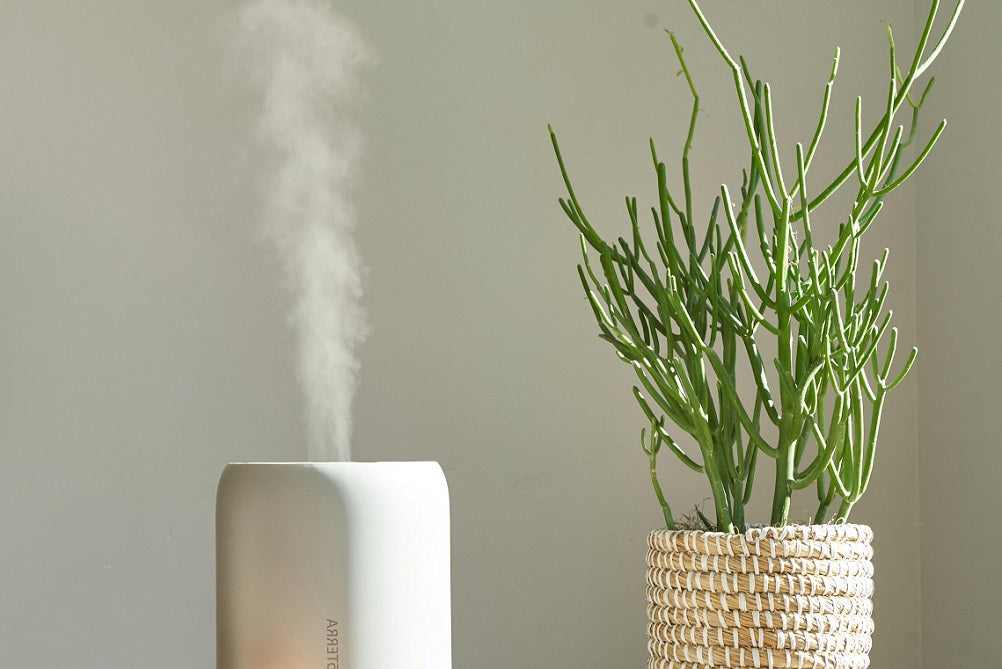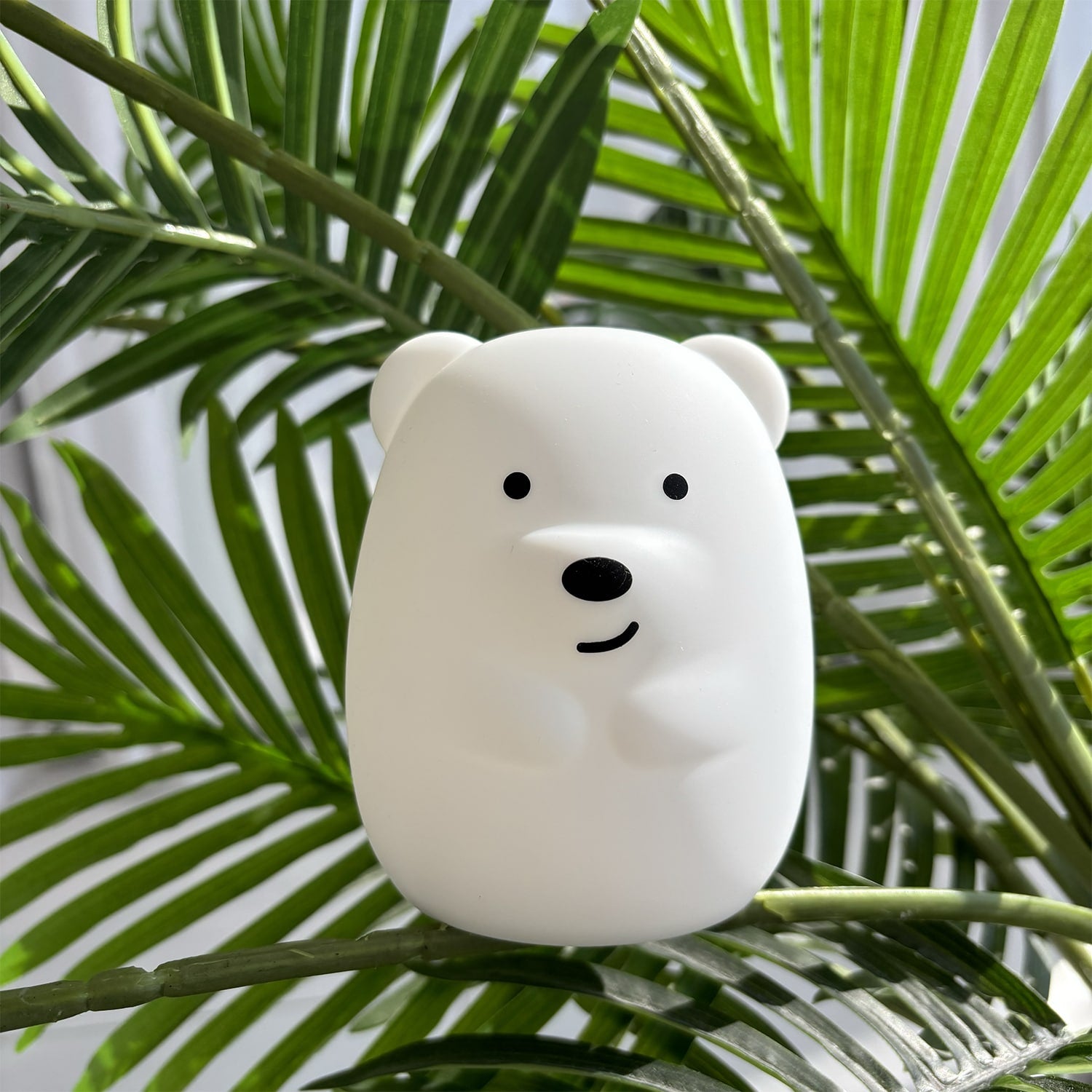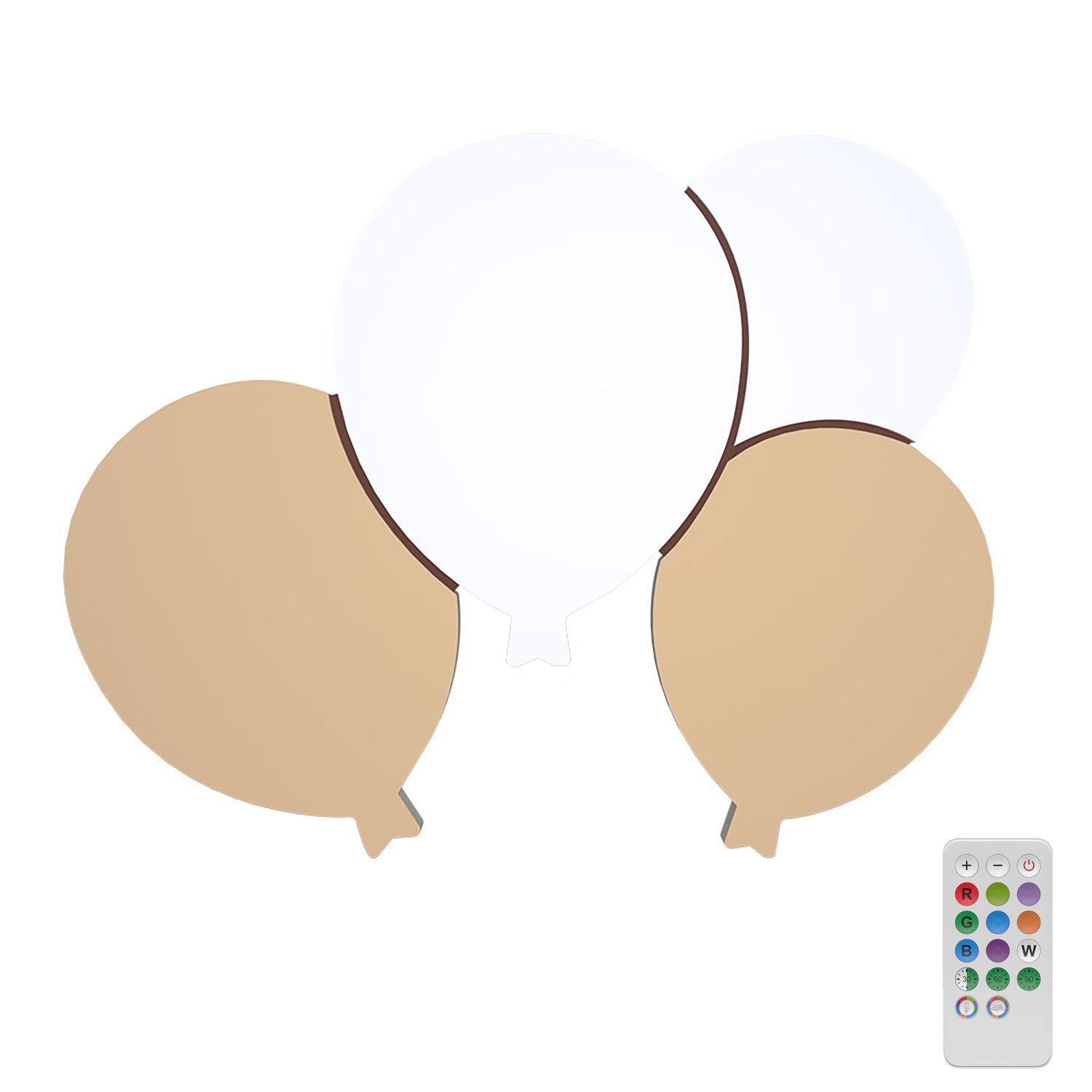To live healthily in a house, it is necessary to benefit from an optimal level of humidity. This is valid for both adults and young children. High humidity can actually harm a baby’s health. However, many parents neglect this point.
Because baby is supposed to spend the majority of his time in his bedroom, it is more than essential to take this humidity level into account. As you probably already know, sleep plays a major role in the growth of a little one. However, humidity can greatly affect the quality of sleep.
To stay healthy, your little one must enjoy restful and peaceful sleep. In addition, the human body, especially at the time of birth, recovers energy during sleep. Keeping an eye on the humidity in the room is therefore essential. In this article, find out how and why it is important to humidify a baby's room.
Reasons to humidify your baby's bedroom
Humidifying a baby's sleeping area is essential for many reasons. In order to remain in excellent health, an infant must enjoy a healthy environment in his or her bedroom. For this, as parents, you must monitor the humidity level in the air at all costs. In a room dedicated to a baby, the ideal recommended temperature varies from 18 to 21°C.
A small child is not able to properly regulate his or her temperature. For this reason, you must ensure that the ambient temperature is optimal. Furthermore, in the summer season, the high heat helps to lower the level of hygrometry in the air, in other words the level of humidity in the air. When it is in a gaseous state, air lacks water.
In winter, it is the heating device you use that helps reduce it. However, when the air is too dry, it dries out the mucous membranes of the wolffish. This can lead to lung irritation, sleep problems, nasal congestion and coughing fits. To avoid all these diseases, under no circumstances neglect the humidity level.

Other points should be highlighted. When the air in a baby's room is dry, it promotes the appearance of several health problems. First, dry air can obstruct the little one's nasal passage. Which will make it difficult to breathe. In addition, low humidity air is conducive to various conditions: bronchitis, conjunctivitis. And that's not all, it dries out the child's skin.
So, to remedy all this, make sure to maintain a humidity level between 40% and 60%. To help you, you can use measuring devices. At the same time, don't forget to ventilate the room well and above all, prohibit the use of an additional heating device in the baby's room.
In any case, remember one thing: when the relative humidity level exceeds 60%, the air is favorable for the proliferation of bacteria. This increases the risk of infection in the toddler. In a room that is too humid, babies can suffer from respiratory problems such as asthma. Please note that it is more than essential to humidify your little angel's room, but not excessively.
Simple solutions to humidify the air in a room
Just as there are several ways to properly light a baby's room, notably using a bedside or wall-mounted night light , different simple solutions also allow you to humidify the air. Among these, we will first mention the installation of indoor plants in the rooms of the house. Do not place one directly in the baby's room, but rather in the hallway that leads to his room. Thanks to plant leaves releasing water vapor, the space maintains a good level of humidity. However, be careful not to choose an allergenic plant.
Second, another option is to leave the bathroom door open after taking a shower. In the bathroom, the air fills with water from the surrounding environment. Alternatively, you can hang damp laundry in the bedroom. This will help increase humidity levels. Same method, you can immerse a towel in water. Wring it out then place it near the bedroom radiator.
Another natural technique: place a large basin of water in the room. This helps soften the air in the room. On the other hand, to further humidify the room, install a container of hot water in the baby's space. Finally, the saturator can be very useful to you. Hang this ceramic tank on the radiator to humidify the air, thanks to an evaporation process.

Regulating the humidity level in an infant's room: how to operate?
Since you cannot check the humidity level in a room if you do not have tools, consider purchasing a hygrometer. This little device will help you define the humidity level in a room in no time. Depending on the result displayed by the device, you will adopt the appropriate actions to ensure the regulation of the humidity level. In this way, your cherub's nights' sleep will be of excellent quality.
In case you see a level of more than 60%, this means that the room is more humid than necessary. It is then recommended that you equip yourself with a dehumidifier, particularly if the room does not have an air conditioner. The dehumidifier and air conditioner will help reduce the humidity in the room. This will dry out the air in the room and reduce the appearance of mold, which grows quickly in damp and stuffy places.
If, on the other hand, the air is a little too dry, equip yourself with a humidifier. This is to increase the humidity level in the room. Properly humid air will help the little child breathe better. In addition, this prevents your throat from becoming dry from lack of humidity.
Focus on the air humidifier for babies: ideal device for humidifying their room
To humidify a baby's room, nothing beats using an air humidifier specially designed for babies. This device is generally suitable for a room with a surface area of 35 to 50 m². The air humidifier contains a small tank which releases small liquid fragments. Its operating principle is relatively simple. The device releases steam into the air until there is no more water in its tank. Here are some essential points to know about the air humidifier for children.
The different types of air humidifiers
There are a few variants of air humidifiers, in this case the one with hot steam and the one with cold steam, without forgetting the ultrasonic air humidifier. The cold mist air humidifier allows you to lower the temperature when it is too high. While the hot steam one is based on the same principle as a saucepan filled with boiling water. It has a resistance that boils the water. The steam that emerges humidifies the air in the room. Thanks to this method, you can benefit from bacteria-free humidification.
If you have to choose between these two models, choose the cold mist humidifier, because unlike the hot mist model, it protects you from any risk of burning yourself. In addition, with the hot steam appliance, the ambient air temperature can rise considerably. Which can be quite dangerous for the baby.
As for the ultrasonic humidifier, it is undoubtedly the ideal model for a baby's room. It has a thin vibrating metal plate. On contact, the water molecules disintegrate to become fine microscopic droplets. The ultrasound produces a thin mist which contains fragments of water diffused into the ambient air thanks to a silent fan. These water particles evaporate instantly, effectively humidifying the air.
Some tips for using the air humidifier
To take full advantage of using the humidifier in your child's bedroom, follow the recommendations below. First of all, instead of hot water, use lukewarm water in your humidifier. This is to better guarantee the safety of your baby. Of course, hot water is more convenient, except that your baby may get burned in case the humidifier is accidentally knocked over.
Always with the aim of making the use of the air humidifier safe, make sure that it is out of reach of your little one. Preferably, place the device at least 10 m from the baby. This way, you avoid any possible risk of your child inhaling toxins that could come from the humidifier. To optimize the humidity level in all corners of the room, arrange the device so that it spreads water particles towards the middle of the room. Also, install it in a raised corner, to reach every corner of the room.
In short, a humidifier is an essential instrument for maintaining an optimal level of humidity in baby's sleeping area. Still, it is not obligatory to leave the humidifier running 24 hours a day. In reality, you just need to make sure you regulate the humidity level in the room. Please also note that the frequency and duration of use vary, depending on the climate to which your home is subject. But generally, you should turn on the humidifier at least 4 times a day, particularly during winter when the cold is felt a lot.

The final word
You will have understood, humidifying the baby's room is crucial for his health and his sleep. To do this, using a special air humidifier for babies will be of great help to you. So, advice to parents of future babies: before the arrival of your baby, already think about all the equipment you need to have at home so that your baby lives peacefully and in the greatest comfort.
If wall-mounted night lights prove effective in lighting the little one's bedroom, the air humidifier will be beneficial in keeping the air pure and healthy in the toddler's bedroom. If the air in the little angel's room is too dry, his sleep will undoubtedly be disturbed. Especially since dry air causes discomfort in some babies. So remember this: when babies cry in the middle of the night, it's often due to humidity levels. You are recommended to check it regularly so that you can act accordingly.







